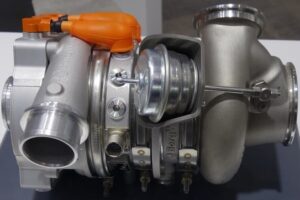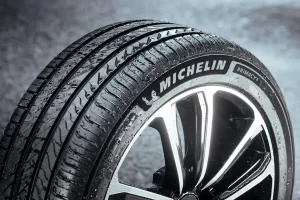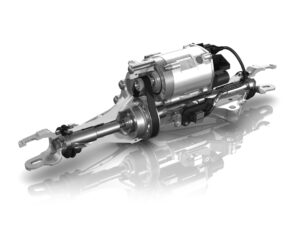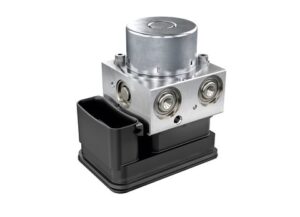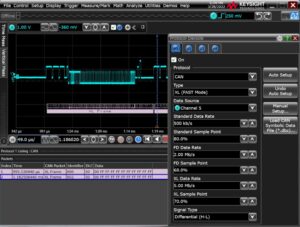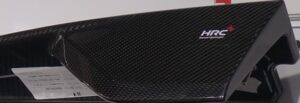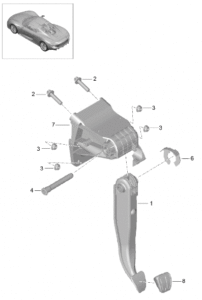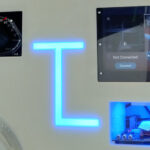With the new Cayenne, which will celebrate its world première on April 18 at the Auto Shanghai show in China, Porsche is introducing a groundbreaking display and control concept. The Porsche Driver Experience stands for a fully digital display, versatile individualisation and intuitive operation. In the centre, the focus is on the driver’s axle. The most important controls are grouped around the steering wheel. This creates a new, even more intensive driving experience.

The instrument cluster is now a fully digital, free-standing, 12.6-inch curved display that does not require a hood cover, thus giving it a modern, slimline appearance. Depending on the equipment level, the driver can choose from up to seven views on the instrument cluster.
The rev counter, online navigation, Night Vision Assist or 3D driving assistance system can all be selected to be in the foreground. A greatly reduced view and a classic mode are also available, the latter of which transfers the typical Porsche five-tube instrument cluster design into the digital age.
The new multifunction sports steering wheel originates from the 911 and has been completely reworked compared to the previous model, with a high-quality, modern and sporty design. The driving mode switch for selecting Normal, Offroad, Sport and Sport Plus modes directly on the steering wheel is now standard. The new toggle button for selecting functions and designs in the instrument cluster is also located directly on the steering wheel, as are the controls for the optional head-up display.
The new air conditioning control panel on the centre console with its glass surface in a black panel design ensures a particularly high-quality look. Air conditioning settings can be made quickly and intuitively on the clearly laid out control surface. The combination of touch recognition and haptic feedback with mechanical air conditioning switches as well as a physical volume controller ensures functionality that is both haptically and aesthetically pleasing.
The high-resolution 12.3-inch central display is the control centre of Porsche Communication Management (PCM). As before, the driver can operate numerous driving and comfort functions here, as well as the standard online navigation and multimedia functions. A completely new feature in the Porsche Cayenne is the optionally integrated 10.9-inch passenger display. The additional touchscreen allows the front passenger to take the strain off the driver, for example by operating the navigation or selecting a media service. Special foil ensures that the display cannot be seen from the driver’s seat. This means videos can be streamed on the passenger display without distracting the driver.
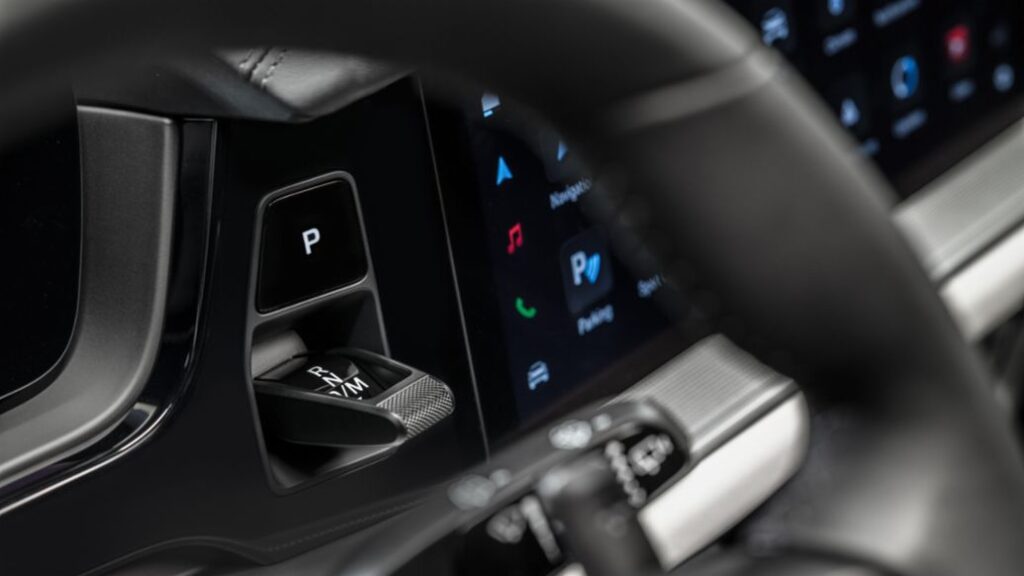
A key feature of the new Porsche Driver Experience is the right balance between digital and analogue elements. All the controls that are important to the driving experience are also grouped directly around the steering wheel. Typically for a Porsche, the new engine start button is to the left of the steering wheel. The gear selector is now to the right of the steering wheel between the instrument cluster and the central display. This makes room on the centre console for a new, large air conditioning control panel with analogue controls and more storage space. Porsche has also put the completely redesigned control lever for the driver assistance systems directly on the steering wheel in the new Cayenne.
The Porsche Cayenne is the sportiest car in its segment – and its interior reflects this as well. A sporty ambience is combined with dynamic functionality, luxurious comfort and typical Cayenne design features. Porsche presents the new control concept in the new Cayenne in a clean design that emphasises width. The entire instrument panel, centre console and upper part of the inside of the door have been completely redesigned. The increased horizontal emphasis of the dashboard makes the interior look even wider. The elegantly designed air vents are vertically aligned in typical Cayenne fashion. For the first time, Porsche has designed all the air outlets in the cockpit without louvres.

